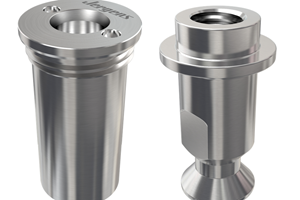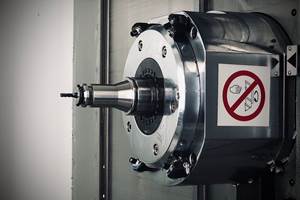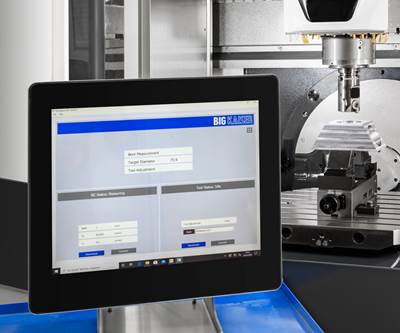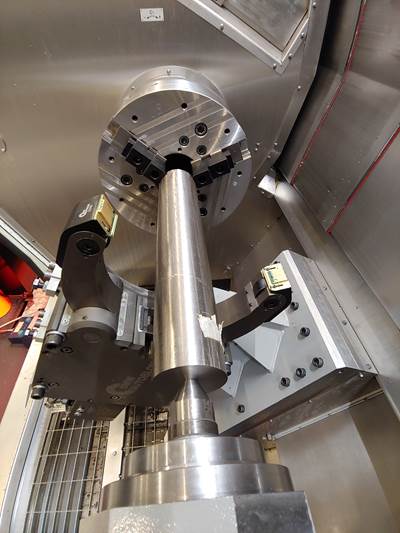2021 Will Be Dramatic, Too — How Is Your Tooling?
The time is now to take stock of your tools. Recently posted articles explore the potential impact of tooling technology.
Share





Welcome to 2021. For many machining facilities, this year — actually, this moment within this year — provides an ideal time to rethink their cutting tools. We on the 91ÊÓƵÍøÕ¾ÎÛ team have recently been pursuing and posting a variety of articles covering cutting tool options and technology.
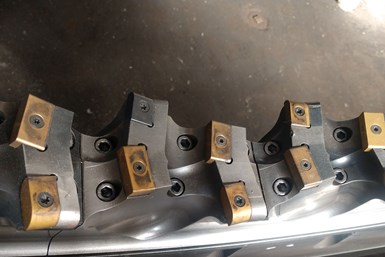
Why explore cutting tools right now? Because an interlude is an opportunity, and a pause is a chance to prepare. Shops serving different types of customers and markets have been affected very differently by the COVID-19-induced disruption of 2020, but speaking broadly, many shops are seeing slower activity right now. It won’t last. Business activity will surge again and new work will come that brings potentially overwhelming new challenges, so the time is now to re-evaluate a shop’s capabilities, practices, resources and techniques to see if any change should be made so the shop is better prepared today to win and deliver the work that is coming tomorrow.
Why focus on cutting tools in particular? Because the tool is the special opportunity for technology advance available solely to machining. Other manufacturing processes do not have anything like this opportunity to cost-effectively transform the process during a brief pause. The tooling system made up of the cutter , its holder and related hardware together are arguably the heart of machining, and the technology and performance of these tooling components continue to incrementally advance in various ways. Get the tool right, and you have potentially dramatically transformed the process, unlocking its full potential for productive cutting, even though the tool and related components can be relatively inexpensive to change. Yet getting to this change by evaluating competing tooling options during ongoing production that is near to the shop’s full capacity can be very difficult to do.
In a recent conversation with a cutting tool provider, we ranged through the scope of the ways cutting tools are advancing — including better coolant passages, coating, and adaptability to quick change. Notably, that last point reveals how the opportunity for tooling performance improvement extends beyond the cutting edge. The tool body is impactful, too, offering the chance to reduce vibration or bring more cutting edges to bear on the material. Powered features of the toolholder can improve a process’s precision or the range of the machining it can do. The cutting fluid itself offers an opportunity for performance improvement as well.
Then there is the extent to which tooling can help a shop overcome capacity constraints by transforming the capabilities of the shop. Specifically, tooling can be a vital aid and an enabler to machining lights-out.
I mentioned incremental advances. Not all tooling change fits this confined description. Major leaps in tool technology are still being pursued. We might be seeing one now: the arrival of insert materials with no binder. A new binderless CBN is demonstrating dramatically increased tool life in continuous turning, along with a different relationship between metalworking cutting tools and the mining activity needed to obtain the raw materials to produce them.
An active machine shop uses a lot of tooling. Your shop has made many, many choices regarding the tools it uses right now. Do any of those choices deserve to be re-examined? A tooling improvement is the choice you can make quickly, completely and cheaply today that might prepare you well for the very different and more busy business conditions likely to come in the post-COVID portion of 2021, the part of this year to which we are all looking ahead.
Related Content
Through-Coolant System Cuts Nickel-Alloy Cycle Times by 70%
Decker Machine Works recently adopted Rego-Fix’s reCool through-coolant system for ER collets, reducing the cycle times on a nickel alloy job by 70%.
Read MoreJergens Pull Studs Enable Quick Changeovers
SP140 and K02 pull studs offer quick-change solutions for vise or gripper jaws, electronic component manufacturing, packaging machines, medical technology and automation.
Read MoreHow to Troubleshoot Issues With Tool Life
Diagnosing when a tool is failing is important because it sets an expectation and a benchmark for improvements. Finding out why gives us a clue for how to fix it.
Read MoreRego-Fix’s Center for Machining Excellence Promotes Collaboration
The new space includes a showroom, office spaces and an auditorium that will enhance its work with its technical partners.
Read MoreRead Next
Cutting Tool Technology Aids Lights-Out Machining Applications
These features can help improve cutting tool stability, standardize cutting performance and extend tool life, enabling shops to confidently run unattended shifts.
Read MoreQ&A: Trends in Cutting Tool Application
Cutting tool technology is advancing and shops’ needs are changing as well. A leading cutting tool supplier offers this view.
Read MoreWhy Binderless CBN Inserts Turn Titanium Faster
A new formulation of cubic boron nitride could provide a more solid alternative to cemented carbide as finish-machining becomes more demanding.
Read More

















